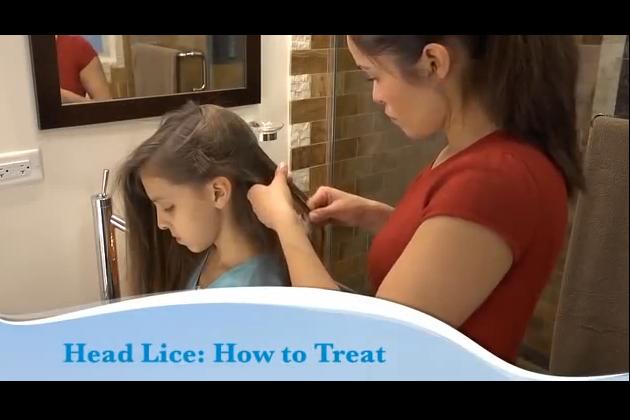
Schools can’t call or send a note the way they used too, so it’s time to check some heads!
After being contacted by many upset parents who discovered their children had lice, treated them, and then had them again because nobody spread the word, we come to today’s lesson on head lice.
#1 LICE CAN’T REALLY HURT YOU!
But they are disgusting and itchy and awful and due to privacy laws and medical concerns, your school nurse can’t do the regular head checks and send home notes anymore. So it’s time for students and parents to protect themselves.
Click HERE for a lovely podcast interview about what lice really are, how to treat them, and more from the McLean County Health Department’s Dr. Rodel Desamu-Thrope and Lisa Slater.
From FDA.gov:
An estimated 6 to 12 million cases of head lice infestation occur each year in the United States in children 3 to 11 years of age, according to the Centers for Disease Control and Prevention. Head lice are most common among preschool children attending child care, elementary school children, and household members of children who have lice.
- Teach children to avoid head-to-head contact during play and other activities at home, school, and elsewhere (sports activities, playgrounds, slumber parties, and camps).
- Teach children not to share clothing and supplies, such as hats, scarves, helmets, sports uniforms, towels, combs, brushes, bandanas, hair ties, and headphones.
Lice don’t fly or jump; they move by crawling. But because children play so closely together and often in large groups, lice can easily travel from child to child, especially when they touch heads during playing or talking.
Contrary to myth, head lice are not caused by poor hygiene.They are spread mainly by direct head-to-head contact with a person who already has head lice. You cannot get head lice from your pets; lice feed only on humans.
Susan Saunders 5-18-15







